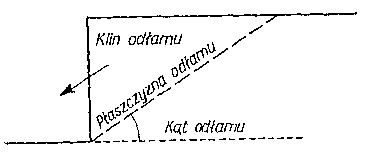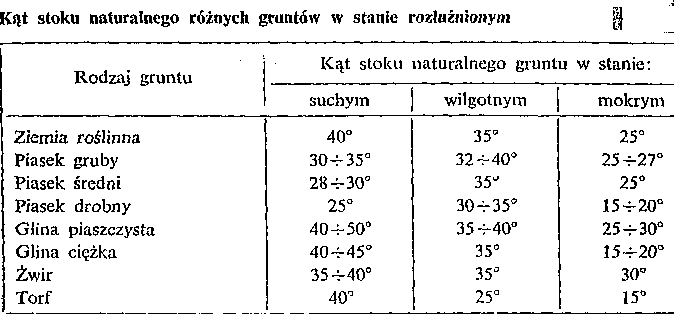Mechanical properties of land.
The most important mechanical properties of land include: load -bearing capacity, internal friction and coherence.
The load capacity is called soil ability to carry loads. It is expressed by a load -like load ratio (N/m2). This is the maximum load, which does not yet cause harmful soil deformations; They are often called load strength.
Internal friction occurs in a grants due to resistance, which are placed by sliding grains. The value of this resistance depends on the shape of the grains and soil compaction.
Consistency occurs only in land, spoistych (clay, clays) As a result of attracting molecular forces and hair '. Soil consistency decreases with an increase in moisture. Thanks to the forces of the coherence, the walls of cohesive soil cut vertically can remain intact to certain boundaries.
Internal friction between molecules II Cohesion determine the strength of the ground on shear. If the burden of the ground on the edge of the excavation exceeds the value of internal friction forces and consistency, there is a slogan (chamfer) the upper part of the wall to the excavation on a specific plane.
The signed part of the grant is called a fragment of a fragment, and the plane, after which there was a sludge - a fraction of the fragment. Angle of inclination of this plane to the level, called a fraction angle, is rose in different lands and in natural state (intact) decreases with the increase in moisture. The same land in a relaxed state (After the elaboration) They have much smaller corners of the natural slope.
Knowledge of the angles of natural slopes of various lands and materials is needed to determine the inclination of the embankments, slopes etc.. The corners of the natural slope of some land are given in the table.

